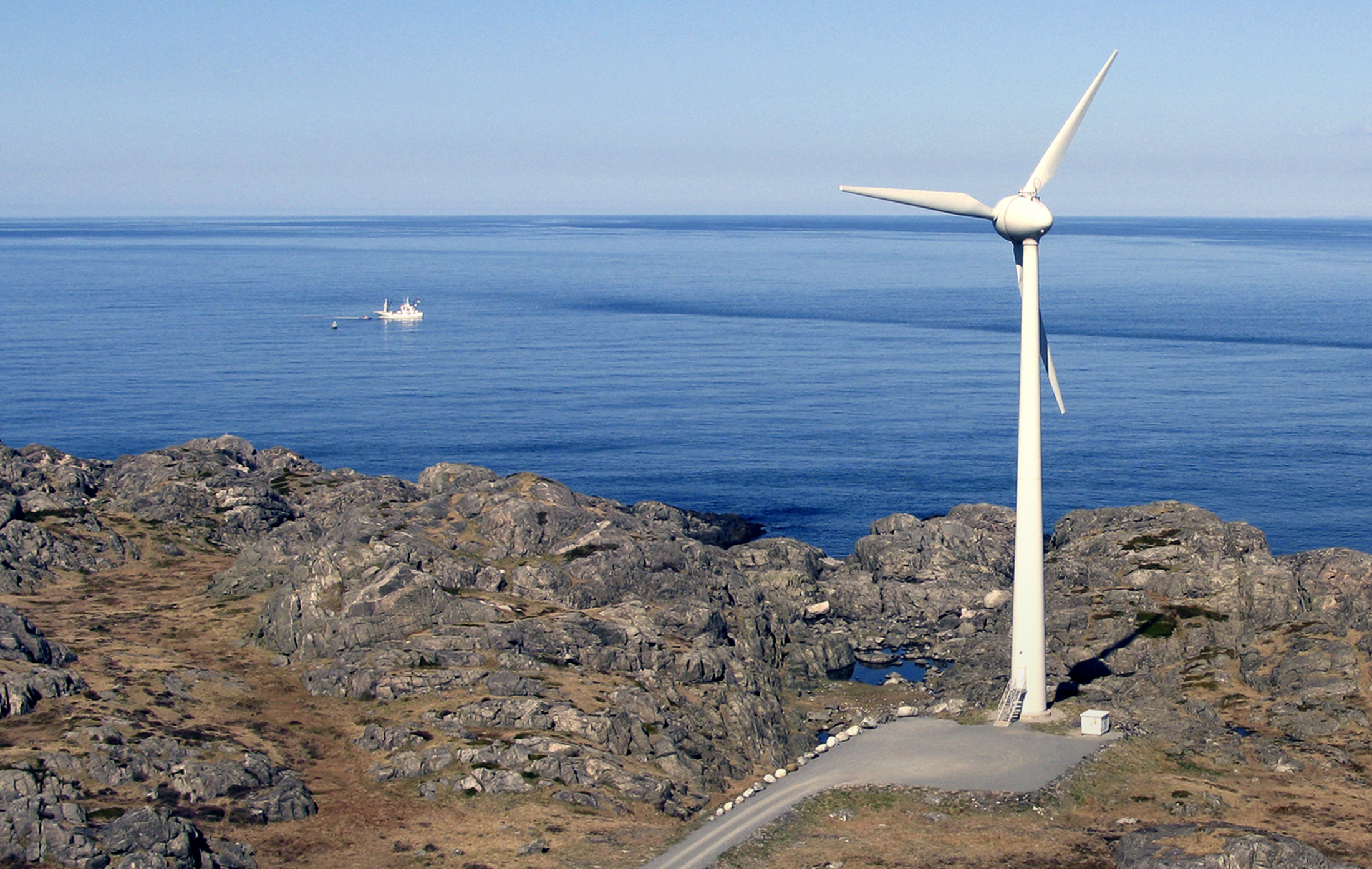Norway will slow down onshore wind power developments
At the same time, it is moving forward on some offshore wind areas.
OSLO — Norway announced plans on Friday to tighten rules for onshore wind power developments to better protect nature, a move that is likely to slow surging growth in the sector.
The move comes after the country opened two new offshore wind areas earlier this month, but declined to approve a third, near the Arctic community of Hammerfest, due to local opposition.
The country has seen a boom in wind power development in the past few years, but has also seen public protests with environmental campaigners accusing some developers of building larger turbines than originally approved, obscuring landscapes and endangering birds.
The government’s proposals, which need to be approved by parliament, include setting stricter requirements on turbine height, shortening project implementation time and measures to ensure that projects are economically viable.
The government also said it would better take into account turbines’ impact on the landscape and reindeer husbandry, and give more say to municipalities in approving new projects.
“In the future, we will facilitate a limited and more moderate wind power development than we currently see,” Minister of Petroleum and Energy Tina Bru told a news conference.
“This does not mean that wind power development will end… Wind power will have a role in our power system, also in the future,” she added.
While Norway, Western Europe’s largest oil and gas producer, generates most of its electricity from hydropower and is expected to have a power surplus for several years to come, demand is growing due to electrification of transport, offshore oil and gas platforms and new industries, such as data centers, Bru said.
And the country also wants to develop offshore wind to make room for more industry as well as exports.
“In the immediate future the market will be in other countries, but if the costs for offshore wind power continue to fall it could also become competitive in Norway,” Bru added.

Installed wind power capacity in Norway has more than doubled to 2,662 megawatt (MW) since 2017 as developers rushed to put online new projects to qualify for a subsidy regime ending next year, data from energy market regulator NVE showed.
Wind turbines generate enough electricity for 500,000 people in Norway out of a 5.3 million population, according to the ministry.
Last year Norway put on hold the approval of any new wind power projects after police had to intervene to stop protesters from vandalizing some construction sites, although the development of existing licenses continued.
Earlier this month, Norway has opened two areas for offshore wind power developments in the North Sea, including one along its maritime border with Denmark.
The decision to open new offshore areas means that developers could apply for project licenses, with the two areas offering a possibility to develop up to 4,500 megawatt of capacity, the ministry said.
One area of 1,000 square kilometers, Utsira Nord, is located northwest of Stavanger, and is seen as suited for floating wind power.
The other area, some 2,590 square kilometers known as Soerlige Nordsjoe II, bordering the Danish sector of the North Sea, is suitable for bottom-fixed wind power turbines.
The ministry, however, has decided against opening an area for offshore wind outside Hammerfest in northern Norway, due to opposition from fishermen.
In April, Norway approved a project by Equinor and its partners to build a floating offshore wind power park to supply electricity to several oil and gas platforms from the end of 2022.
The 88 MW project could help to reduce CO2 emission by up to 200,000 tonnes per year by replacing electricity generated by gas power turbines, Equinor has said.


